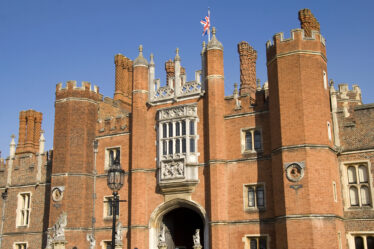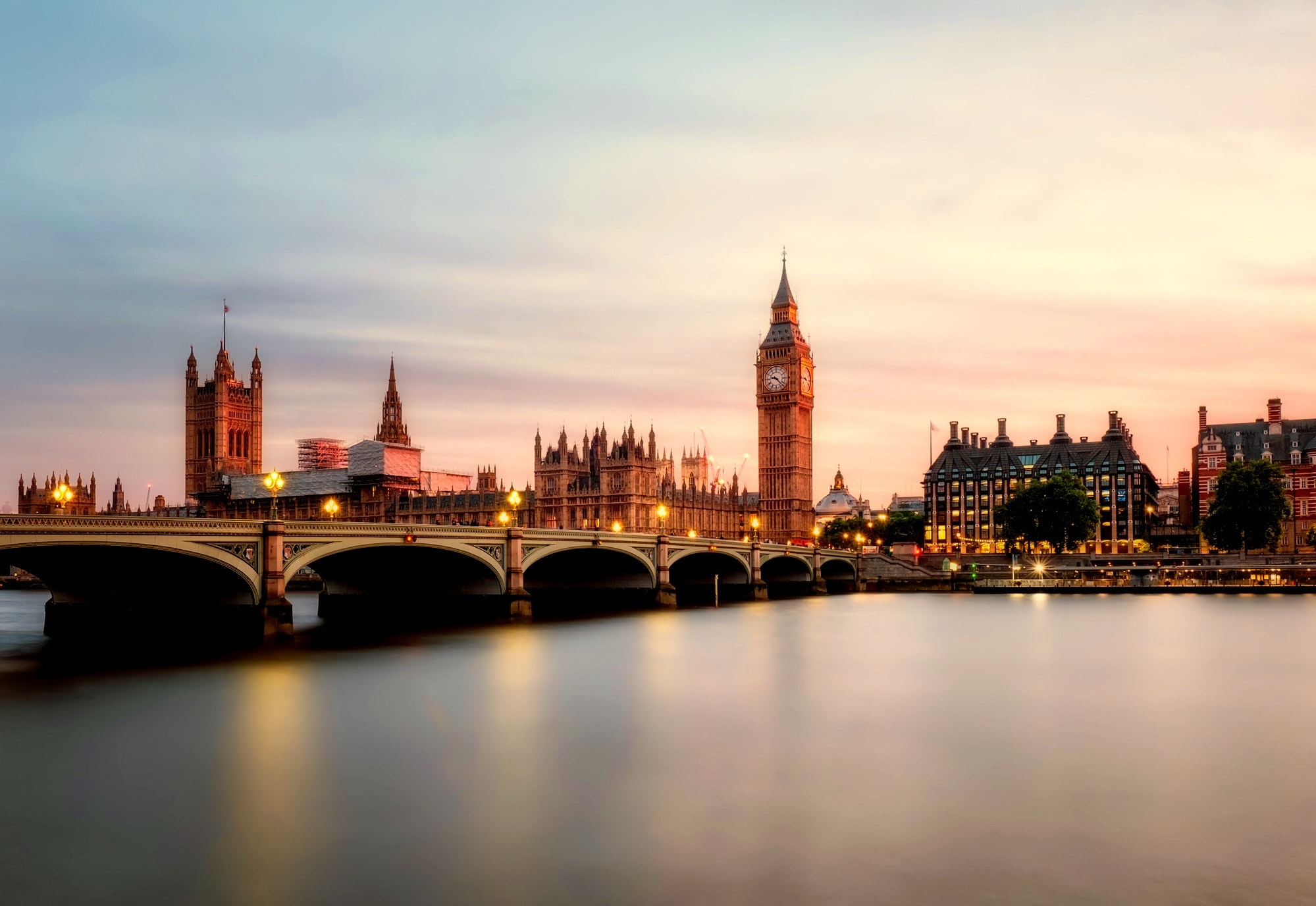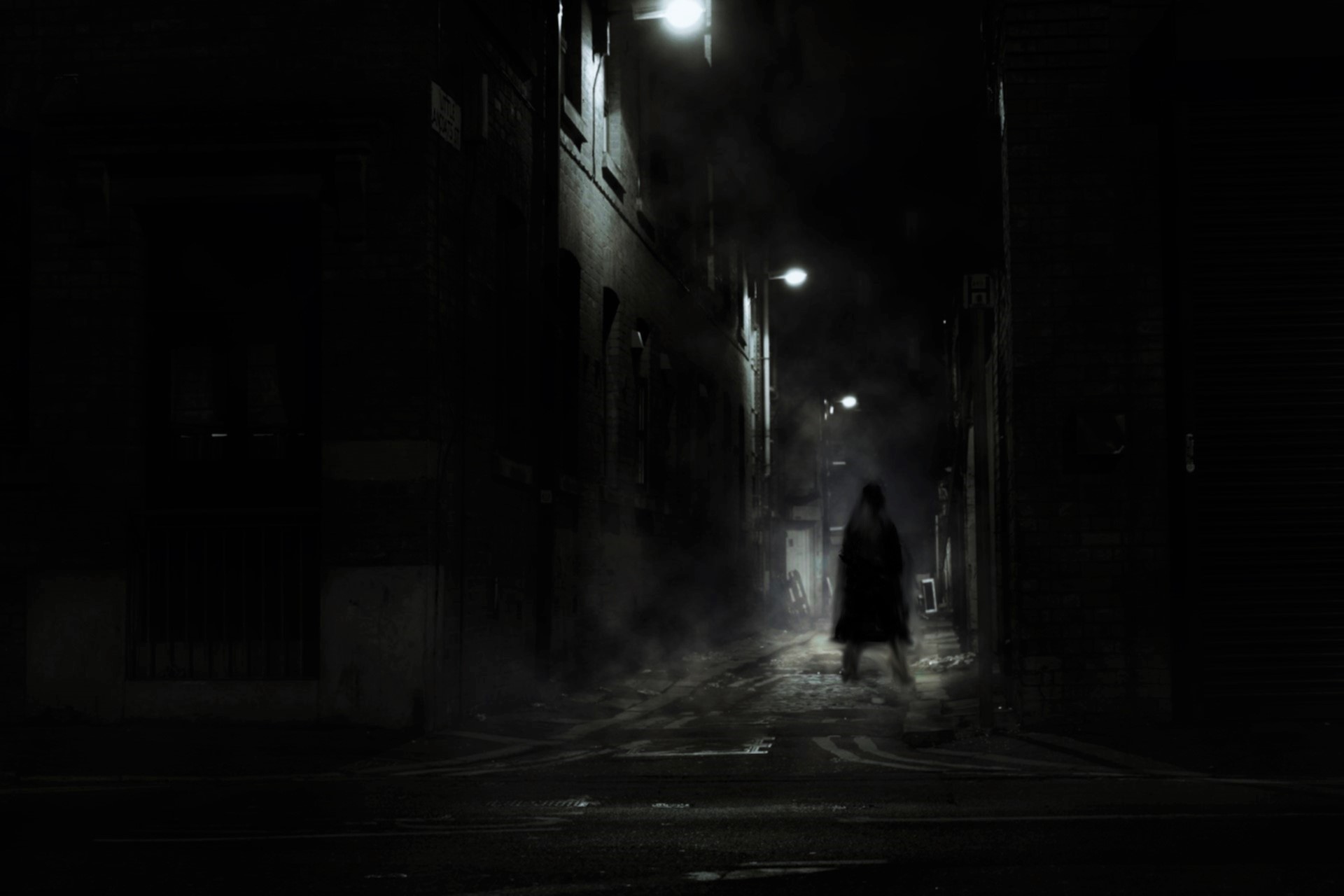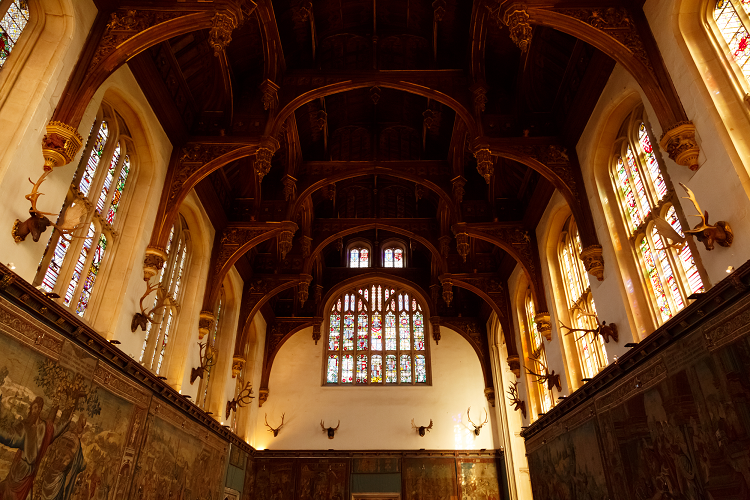
The Tudor period ended more than 400 years ago with the death of Elizabeth I. But the traces of this dynasty are still preserved today, in history and art, but also in architecture, burial places and places where the significant moments of the Tudor period took place. Many of them are located in the British capital, which is why I am giving you the best historic London sights today if you want to explore the metropolis on the trail of the Tudor dynasty.
Rest in peace, vanished historic London sights
Unfortunately, many palaces that were of great importance in the Tudor period have now disappeared. Like the Palace of Placentia, birthplace of Henry VIII, Mary I and Elizabeth I, which was demolished under Charles II. Now, the Old Royal Naval College in Greenwich is standing on its site. Or the Palace of Whitehall, where Henry married both Anne Boleyn and Jane Seymour and eventually died. The palace fell victim to a fire and only the Banqueting House remained. Today, the site is home to the British seat of government, including the famous Downing Street No. 10.
The must upsetting story of a vanished Tudor Palace is the story of Nonsuch Palace. The prestigious building of Henry VIII, with which he wanted to surpass the magnificent palaces of his competitor Francis I of France. Building the palace cost (according to today’s purchasing power) more than 100 million pounds and got his name, because it was “not equal to anything”. But in the following century the Stuart King Charles II gave the palace to his mistress Barbara Villiers. She had Nonsuch Palace torn down piece by piece and sold to pay off her gambling debts…
Well, enough of what we unfortunately can no longer enjoy and towards what we can still admire today!
Westminster Abbey
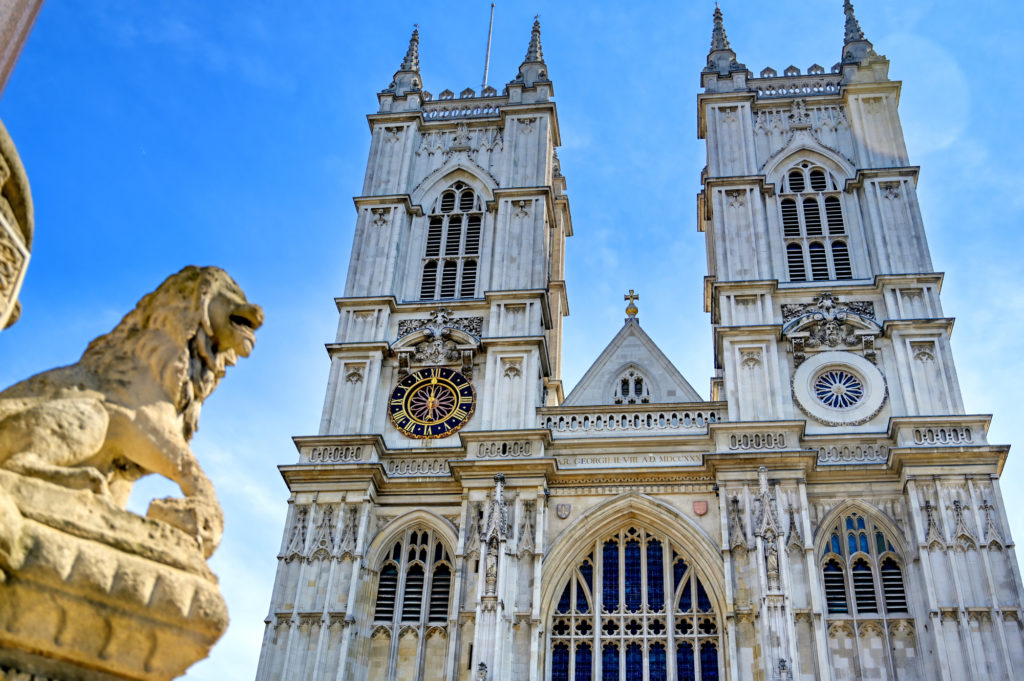
The famous church, where many things began and also ended. Among other things, the foundation of the Tudor dynasty was laid here, as Henry VII and Elizabeth of York, parents of Henry VIII, married here in 1486.
Also, all monarchs since William the Conqueror were crowned in the Abbey.
Even more impressive is the long list of Tudor tombs that you can visit in Westminster Abbey:
- Henry VII, his wife Elizabeth of York and his mother Margaret Beaufort.
- Two siblings of Henry VIII, Elizabeth and Edmund, who died young.
- Anne of Cleves, fourth wife of Henry VIII.
- Henry’s three children Edward VI, Mary I and Elizabeth I, his son Henry, who died young, and his grandniece Mary Stuart.
Hampton Court Palace

Hampton Court Palace, where Henry VIII lived and loved – the palace on the banks of the Thames is THE Tudor palace par excellence and a must-see for every Tudor fan. Here, Henry’s only son Edward was born, his third wife Jane Seymour died and his fifth wife Katherine Howard is said to still haunt the palace. Costumed reenactors bring the court of the Tudor period back to life, and you can even meet the king himself.
Insider’s tip for eagle-eyed visitors: In a wooden panel of the Great Hall next to its door you will find a carving that was overlooked when they tried to remove all of her traces after Anne Boleyn’s execution: Anne’s and Henry’s intertwined initials. And on the ceiling of the Great Watching Chamber, in the golden decoration, you will find the coat of arms of Jane Seymour, the Phoenix.
Tower of London
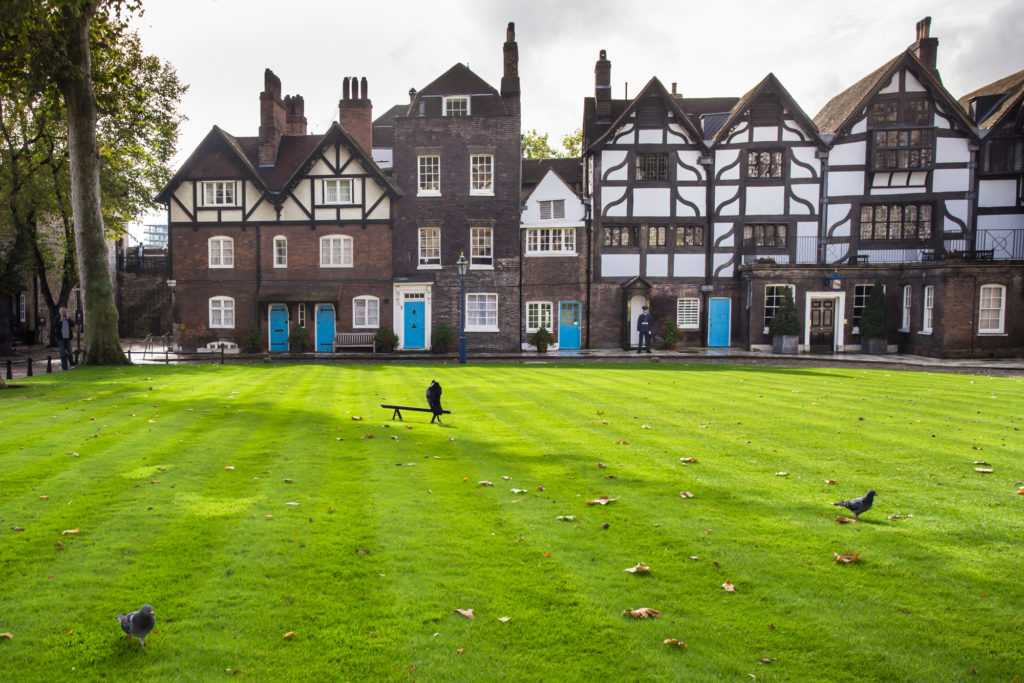
Of course, the Norman stronghold in the heart of London should not be missing in this list of historic London sights. As under the Tudors, the Tower of London changed from a royal residence to a place of bloody history.
Until 1503, the English kings resided in the Tower when they were in London. But in the same year, Elizabeth of York gave birth to her eighth child in the Tower and afterwards died from childbed fever. Her child also died. Henry VII was inconsolable and gave up the Tower – understandably – as his residence. Afterwards the future monarchs like Henry VIII and Elizabeth I only spent the night before their coronation at the Tower.
The events that finally cemented the infamous reputation of the Tower: It was here that two queens of Henry VIII met their deaths on the scaffold. Anne Boleyn and Katherine Howard both died on Tower Green within the walls of the Tower and were buried in the Tower Chapel of St. Peter ad vincula. Anne Boleyn’s ghost is said to haunt the Tower to this day.
In the armour exhibition at the White Tower, you can also see several of Henry VIII’s armour – and see how extensive the King’s armour became over the years.
Tower Hill
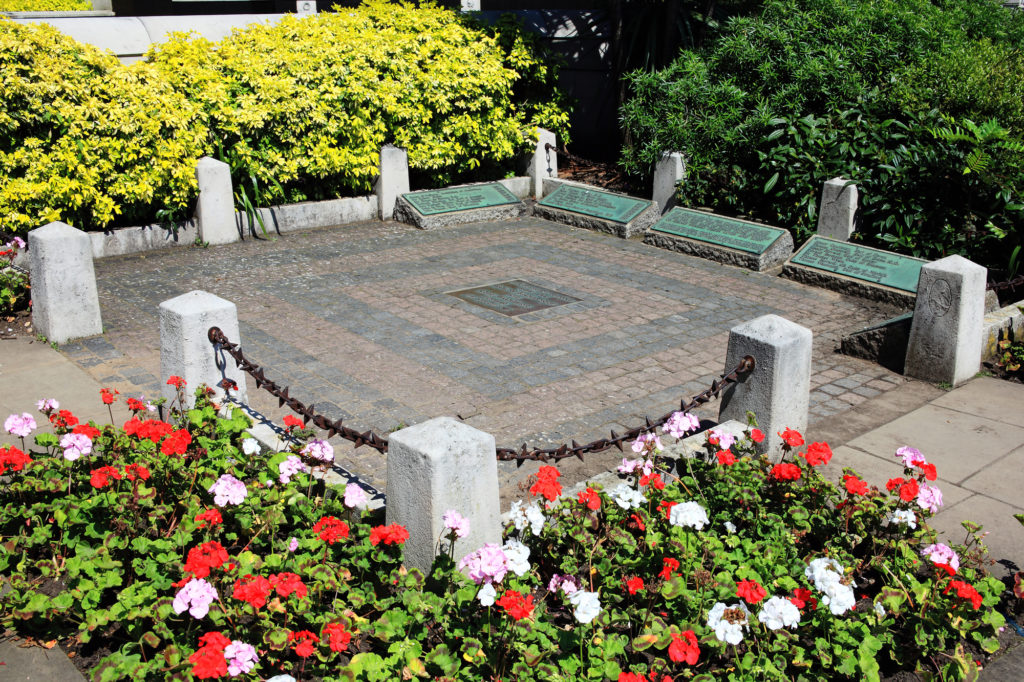
Northwest of the Tower is the area where most high-level executions took place in Tudor times: Tower Hill. In fact, executions inside the Tower were the absolute exception, and only six executions took place there in Tudor times. Most of the nobles were handed over to the executioner on Tower Hill.
John Fisher and Thomas More, among others, lost their lives at the execution site because they did not want to support England’s separation from the Catholic Church. Anne Boleyn’s brother and alleged lover George Boleyn as well as the former minister of Henry VIII, Thomas Cromwell, were executed there. Young Edward VI handed over his two uncles, the ambitious brothers Edward and Thomas Seymour, to the executioner.
The place where the executions took place is marked.The names of many who died there are listed on plaques.
Windsor Castle
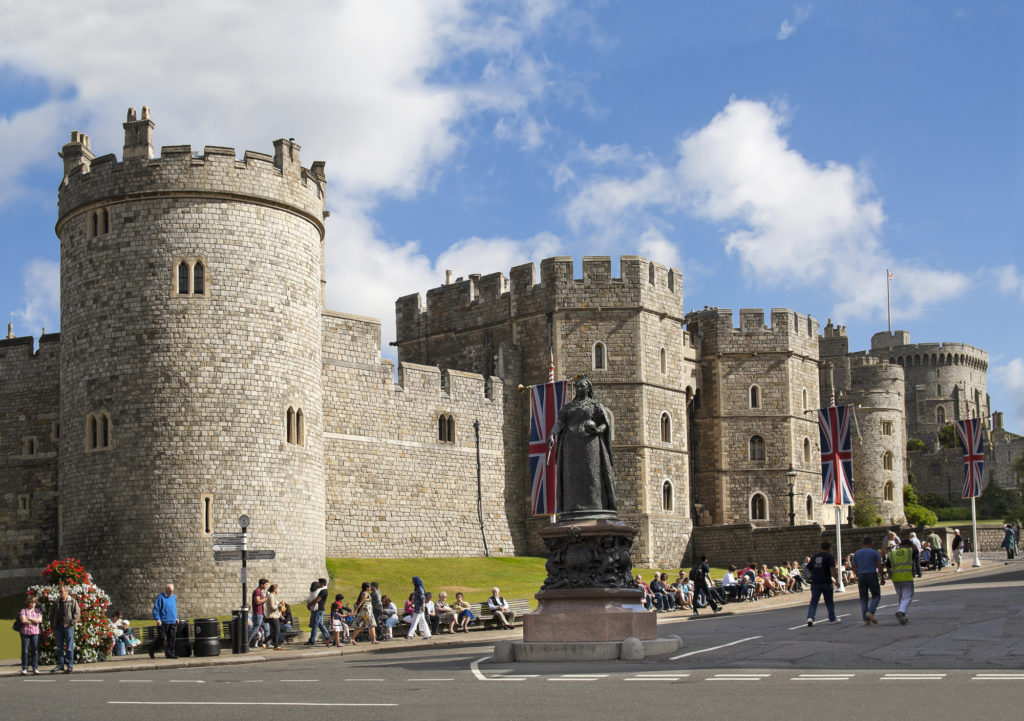
The oldest inhabited castle in the world still houses the royal family today. Its history dates back to William the Conqueror. Under the Tudors, Windsor was finally transformed from a fortress into a palace, but without giving up its security: Elizabeth I spent a lot of time at Windsor, even in tense times.
Henry VIII is buried in St. George’s Chapel, right next to his third queen, Jane Seymour. Henry’s grandparents Edward IV, from whom Henry is said to have inherited his good looks, and Elizabeth Woodville also rest there. His good friend Charles Brandon, Duke of Suffolk, found his last resting place there, too.
The window in the choir room was built by Henry VIII for his first wife Catherine of Aragon. His last wife, Catherine Parr, watched the burial of her husband from there.
National Portrait Gallery
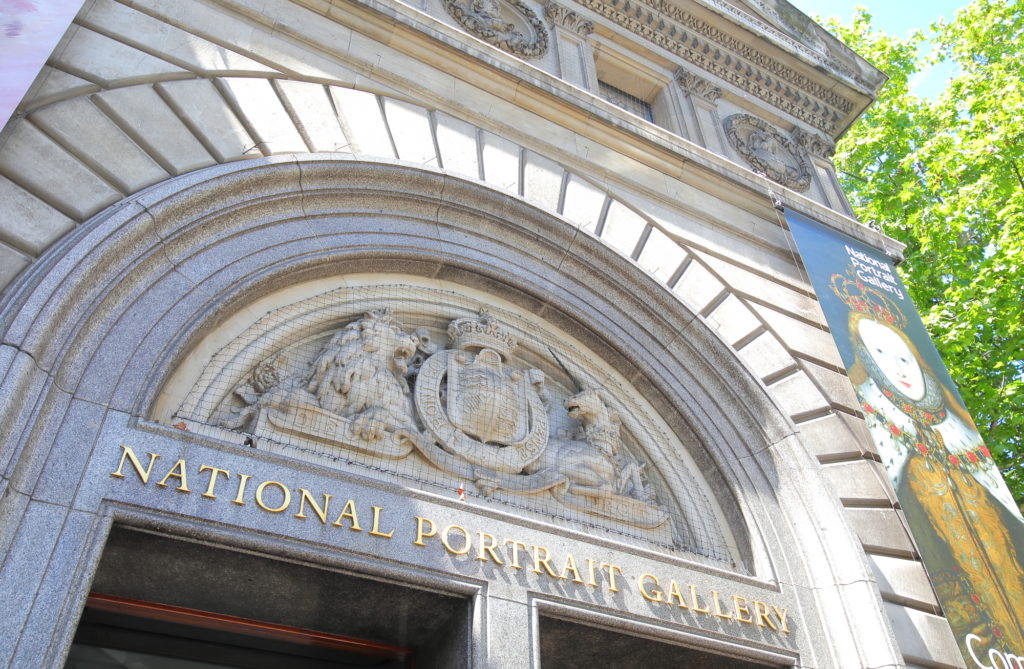
Do you now want to face the Tudor personalities whose footsteps you have followed at these historic London sights? Then head to St. Martin’s Place (near Trafalgar Square) and into the National Portrait Gallery. For as the name suggests, this art gallery has dedicated itself to portraiture through the centuries.
At the beginning of the Tudor period, portrait painting had just become popular in England, and for the first time in history, lifelike portraits that were close to reality were created. This is why we can see what Tudor personalities looked like, and many of these portraits can be seen in the Tudor section of the National Portrait Gallery. From Henry VII and his rival Richard III, his son Henry VIII, his advisors Thomas More and Thomas Cromwell, his queens Anne Boleyn and Catherine Parr to his children Mary I and Elizabeth I and their rival Mary Stuart – if you have been studying the Tudors for some time, you will recognize many famous paintings.
Here you can enjoy a 360° view of the Tudor Galleries.
Entry to the National Portrait Gallery is free.
